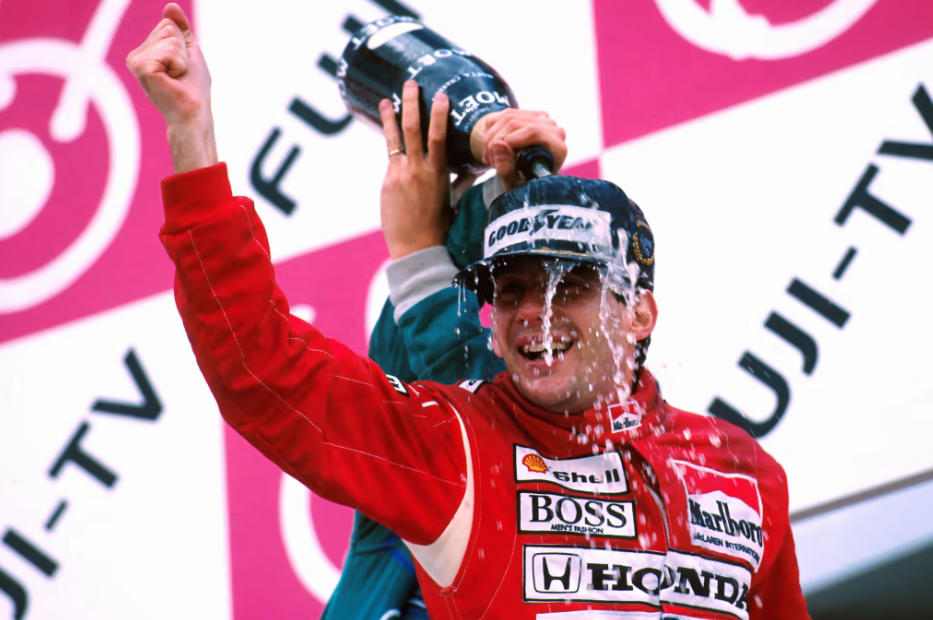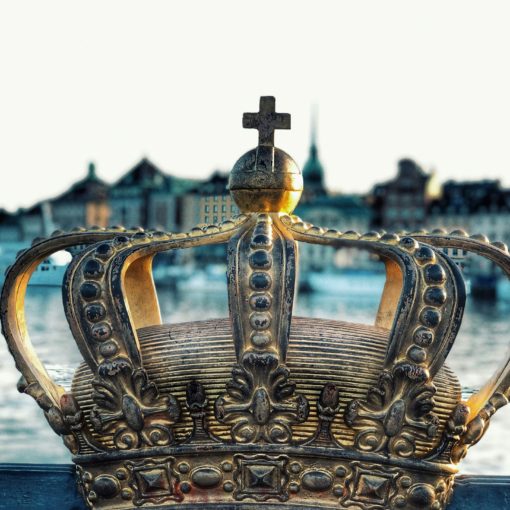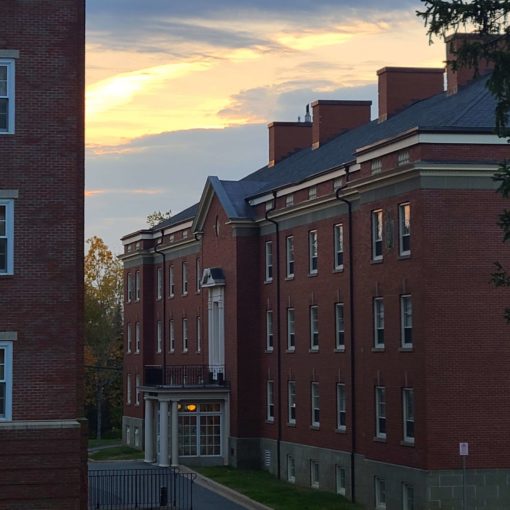Aryton Senna, or Ayrton Senna de Silva, was born March 21st of 1960 in São Paulo, State of São Paulo, Brazil.
Senna’s father, Milton da Silva, was an owner of an auto-parts company, he later switched to the metallurgy industry. Milton da Silva then branched out to construction & livestock. Milton introduced Senna to go-karting when he was 4 years of age.
Senna got his first full sized go-kart at 10, and started racing at the age of 13, which was the age when racing became legal.. In 1977 and 1978, he won the Karting Championship in South America. Then, in 1981, he started living in England and raced for Formula Ford 1600 for the team Van Dieman.
For a little bit afterwards, he went back home and worked for his fathers business. Later returning back to England to drive in Formula Ford 2000. In 1983, Senna raced in Formula Three for the team West Surrey. Senna managed to win the National championship during his time in F3. The next year, he would go off to Formula 1.
Senna won 3 World Drivers’ Championships in Formula 1 as a motorsports racing driver. Senna started off his debut with Toleman in 1984, and then switched to Lotus in 1985. At the time, Senna was also partnered with Elio de Angelis.
In 1988, Senna made a deal to sign with McLaren. Where he became teammates with the four-time World Champion Alain Prost. While with McLaren, he won 8 races which broke the current record of races won at the time.
Senna barely won his first title that same year with 90 points, followed by Prost with 87 points. Senna, then, took his second title in 1990, and his 3rd and final title in 1991. After he started to fall out, he moved to Williams in 1994.
His last ever win was at McLaren, at the final race of the 1993 season. It happened to be his 41st victory, that was at the Australian Grand Prix.
He later died at the age of 34 on May 1st 1994 in Bologna, Italy, at the San Marino Grand Prix Formula 1 race circuit. He crashed at the Tamburello corner in lap six, after leading the race for 5 laps and starting from pole position.
While trying to turn on the left-hand corner, Senna’s car instead went straight, rcashing into a concrete barrier at about 135mph (217 – 218 kmh) head on. His cause of death was during his crash, where, the suspension and the front right wheel from his FW16 hit Senna on the head, causing him to die on impact.
Senna, however, didn’t want to race that day, as the day before in qualifying, Roland Ratzenberger, driver for Simtek, had died at 33. Ratzenberger was only 3 races into his Formula 1 career. David Coulthard would be the driver to replace Senna and make his Formula 1 debut at the 1994 Spanish Grand Prix.
According to the McLaren Cars Website, the McLaren Senna was dedicated to honour Ayrton Senna:
“Never before has a McLaren road or race car been inspired by one of our greatest drivers, but the McLaren Senna bears the name of legendary Formula 1™ driver Ayrton Senna, befitting its status as the ultimate McLaren track car”.
The Official McLaren Website also mentions this on the fact of the McLaren Senna:
“Envisioned by Ayrton Senna before his untimely death, the charitable work of the Instituto Ayrton Senna (IAS) is a remarkable legacy for one of McLaren’s greatest racing drivers. Established in 1994 by his sister Viviane, six months after his fatal crash at the San Marino GP, the non-profit organisation now benefits up to 1.6 million children and young people in Brazil. On the racetrack he was one of the greatest drivers of all time, but his off-track achievements are arguably even greater. Thanks to the provision of comprehensive education, the IAS prepares the youth of Brazil to live in the 21st century and build a better future. McLaren is immensely proud to support the IAS, and to honour Ayrton Senna’s legacy at the highest level of motorsport with our most track-focused road car ever.”





